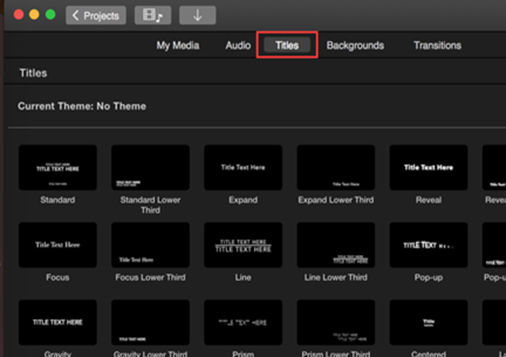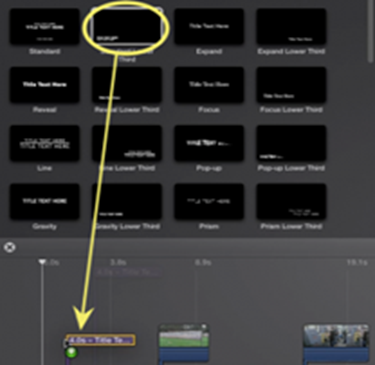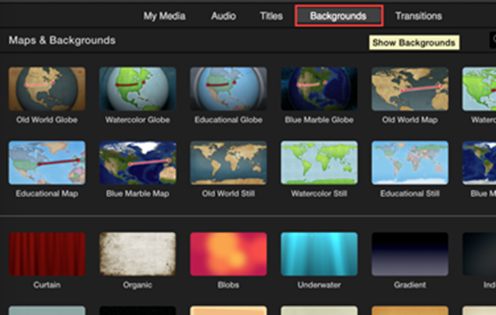For most advanced and highly interactive video editing, advanced users use Final Cut Pro or Adobe Premiere Pro. However, to make a simple home video, you can use iMovie instead.

iMovie is a free software developed by Apple Inc. in 1999 to aid with video and media editing. It is widely used by professional and budding filmmakers in editing and piecing music, videos, and graphics together. Due to its mostly free and easy-to-use features, a lot of aspiring filmmakers have also been starting to use the software for their own masterpieces.
In this article, we’ll show you some basic navigation through the app with regards to editing and moving text with media in iMovie.
- Open the video you want to edit a text into. Click Titles on the top left half of the screen. This will open up the Titles Browser where you can find pre-made title templates you can choose from for your movie. You can hover your cursor over the choices for a preview to help you choose which template best fits your file.

- To add text to your video, simply drag and drop it wherever you like.

- To make the duration longer or shorter, drag the right or left edges of the purple text bar. This will determine how long or short the viewers would be able to read the text in the final cut. It should be reviewed and adjusted accordingly.
- If you choose to have a background that is not included in one of your own files, click on Backgrounds at the top of the screen, then drag in a background of your choice and drag in a chosen title text as you wish.

- To adjust the text’s font, size and color, click on the T icon just above the viewer window. This will show the options you can choose from according to how you would want the text to show on your file.
There you have it! You can then add any text you want on your video using iMovie.
Making the Most Out of iMovie
Since iMovie is a free-to-use application for macOS and iOS devices, it’s always better to make sure that you are making the most out of its features without having to pay for the premium version. This is especially helpful for young and upcoming filmmakers and editors who are trying to make a name in the industry by learning the basics.
That said, here are a few tips and tricks in editing videos and text using the iMovie software.
- Learn to cut clips – In order to not bore your audience with long scenes and succession of images, you should learn how to cut unnecessary moments and leave those that are important for the video. You can easily do so in iMovie by right-clicking to the part of the clip you would want to cut out and choosing Split Clip.
- Choose good audio – Just as easy as putting a text into a video, you can engage the viewers better by putting in audio that is appropriate to the clip you’re showing. Just drag and drop a legally obtained audio file onto your project and you can clip and trim it just as you would with a video file.
- Try transitions – It might be advisable in some instances, but a quick cut to a shot change isn’t always good in the eyes, especially when changing environments in your video. With iMovie’s huge collection of styles to choose from, you can still put in a good transition in-between your clips without worrying too much about how it looks like. Just click the Transitions tab at the top and drag the style you want onto your project.
- Review and edit until you’re satisfied – Whether you’re editing clips for fun or for work purposes, it’s always a good thing to view your project over and over and edit it until you’re satisfied with the finished product. With iMovie’s free and easy-to-use features, you can guarantee that a masterpiece is just around the corner, waiting to be created by none other than you.
Summary: Move text in iMovie
- Select the area you want to move.
- Click and hold the Move tool.
- Drag the selection to a new location.
- Release the mouse button when your text is in place.
- To select a text area, click and drag to create a box around it, or just double-click on the text itself.
Conclusion
As mentioned, iMovie is a free editing software. By following the steps mentioned above, you’ll be able to add text in your video in just a few, easy steps.